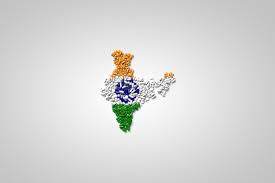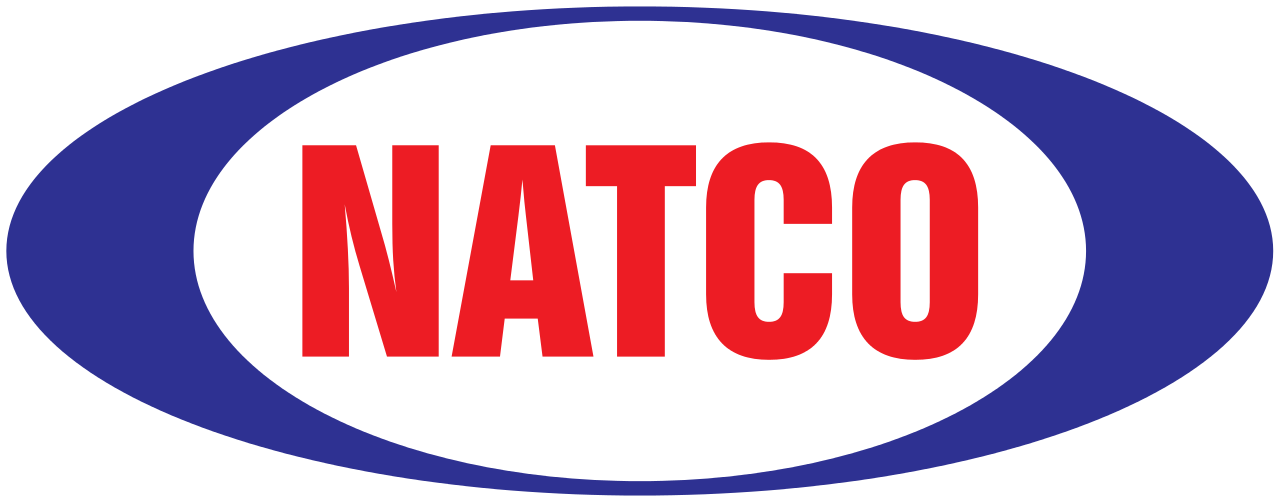The stringent regulations from international regulatory authorities of US and EU are tightening the noose around the Indian pharma industry. The increasing inspections are driven by rising violations in the manufacturing process.
The main reason for being hauled up by a regulatory authority is the high level of risk assessment for each identified hazard. In the case of USFDA when it issues a 483s response format of inspectional observation, it is not adequately addressed by Indian companies. This leaves no option with the USFDA but to issue a warning letter. Companies do not indicate the problem instead they resort to quick fixes. Now the warning letter is perhaps a final alarm notice issued to a company before taking further legal action which includes an injunction, seizure and criminal investigation and thus drives the company out of business. The recent spurt in inspections and warning letters are adding to the woes of Indian pharma companies. Much of these issues arise because of the difficulty associated with the manufacturing process that includes not just oral formulations, sterile injectable and biologics.
There are a few characteristics that make Indian pharmaceuticals market unique: –
- Branded generics dominate, making up for 70 to 80 per cent of the retail market.
- Local players have enjoyed a dominant position driven by formulation development capabilities and early investments.
- Price levels are low, driven by intense competition. While India ranks tenth globally in terms of value, it is ranked third in volumes. These characteristics present their own opportunities and challenges.
India showed the largest gains in terms of perceived ‘quality of API’ and ‘finished product’ manufacturing, proving that industry efforts to align standards more closely with the USA and Europe have clearly been noted. But perhaps most significantly, these efforts are also being transferred into reported growth potential for 2019, with India forecast to grow faster than all other major pharma economies, scoring an average of 7.16 — placing it ahead of the USA (7.04) and China (6.81). Survey respondents cited India’s ‘high-growth domestic market’ and ‘expanding manufacturing exports’ as the major drivers. The rise in exports growth potential is believed to be in response to concerted reforms by the CDSCO (Central Drugs Standard Control Organization) and industry quality improvements in the last few years.
India is the world’s largest provider of generic medicines; the country’s generic drugs account for 20 per cent of global generic drug exports (in terms of volumes). Indian drugs are exported to more than 200 countries in the world, with the US as the key market. Indian pharma companies are capitalizing on export opportunities in regulated and semi-regulated markets.
Pharmaceutical exports from India reached US$ 17.27 billion in FY18. The biggest export destination for Indian pharma product is the US. In 2017, 38 per cent of India’s formulated product exports were to the US, followed by 20 per cent to sub-Saharan Africa. In FY18, 31 per cent of total pharma exports from India went to the US. Drug formulations & Biologicals is the third largest among the principal commodities exported by India during 2017-18.
The US is the top destination for Indian pharma exports, followed by the UK. America accounts for about 25 per cent of the country’s shipments. The other important destinations include South Africa, Russia, Nigeria, Brazil and Germany. Generic drugs form the largest segment of the Indian pharmaceutical sector, with 75 per cent market share (in terms of revenues). India supplies 20 percent of global generic medicines in terms of volume, making the country the largest provider of generic medicines globally.
Such was the confidence in India’s pharma market the nation was ranked joint second for ‘overall competitiveness’ of its pharma industry. India scored an average of 6.53, placing it behind only the US (6.98) and level with Germany (6.53). In addition to this, India saw the largest percentage shift in the score for quality of finished formulations, improving by 14.72 % since 2017.
Most impressively, should the same change be seen in 2019, the country’s reputation for finished product manufacturing will likely see it achieve parity with many European nations (whose scores have remained the same year-on-year) — a dramatic improvement on just a few years ago.
Indian Pharmaceutical companies and their subsidiaries have established a strong presence in the US during the last couple of years with higher ANDA approvals. The loss of patent exclusivity and cost-cutting measures adopted by several nations pushed the demand for the generic segment. Indian pharma companies enhanced their investments in research and development (R&D) and successfully received higher approvals from the US FDA during the last decade. Out of total 5,350 ANDA approvals between 2009 to 2018, Indian companies have secured 34.4% of these approvals and received total 1,842 ANDA final approvals. Further, out of total 1,310 tentative approvals, Indian companies grab 500 tentative approvals from USFDA which worked out to over 38.2%.
During 2018, Indian pharma companies received 290 ANDA approvals from US FDA. The USFDA approved total final 813 ANDAs in 2018, slightly lower than previous year figure of 846. Thus, Indian pharma companies captured 35.7% of total approvals in 2018. Similarly, USFDA approved total 194 tentative products during 2018 as against 174 products in the last year and Indian company’s secured 77 tentative approvals in 2018 as compared to 61 in the 2017. The overall performance was under pressure due to USFDA actions against several Indian pharma companies regarding quality and issued warning letters. However, these companies started receiving approvals after successfully resolving warning letter problem.













